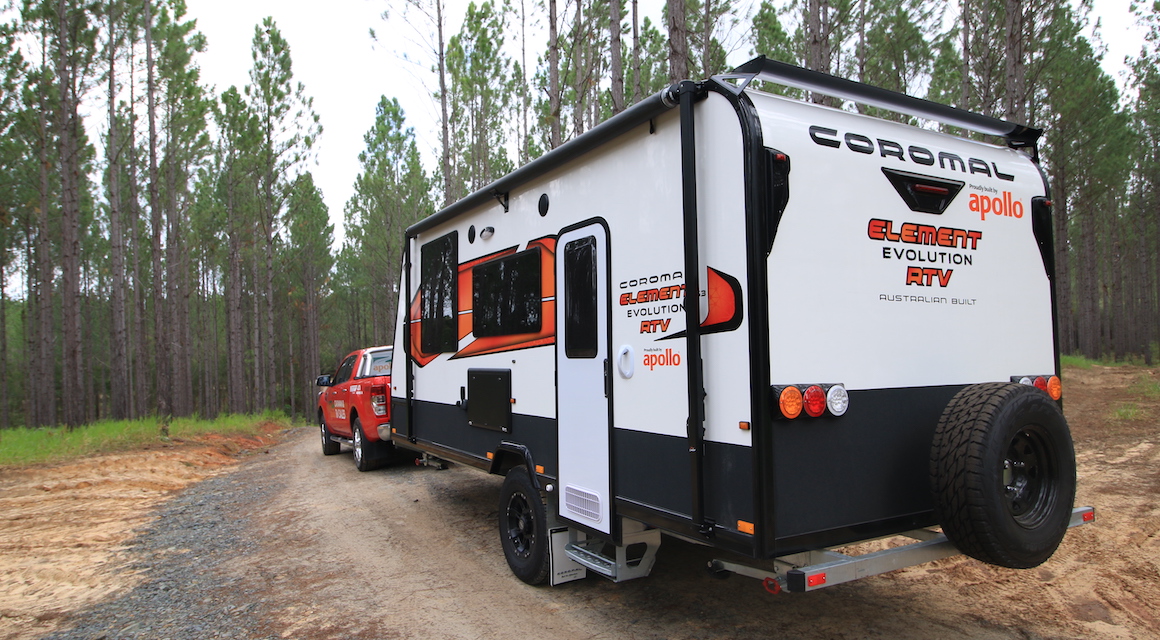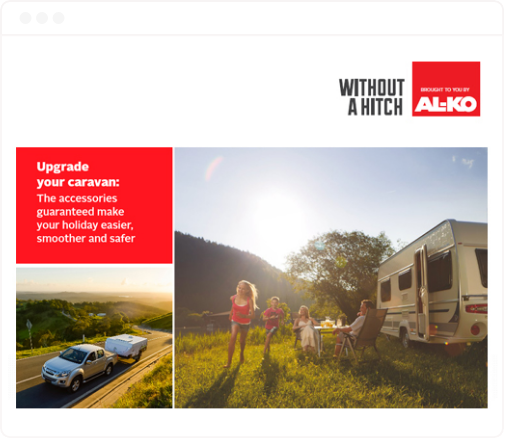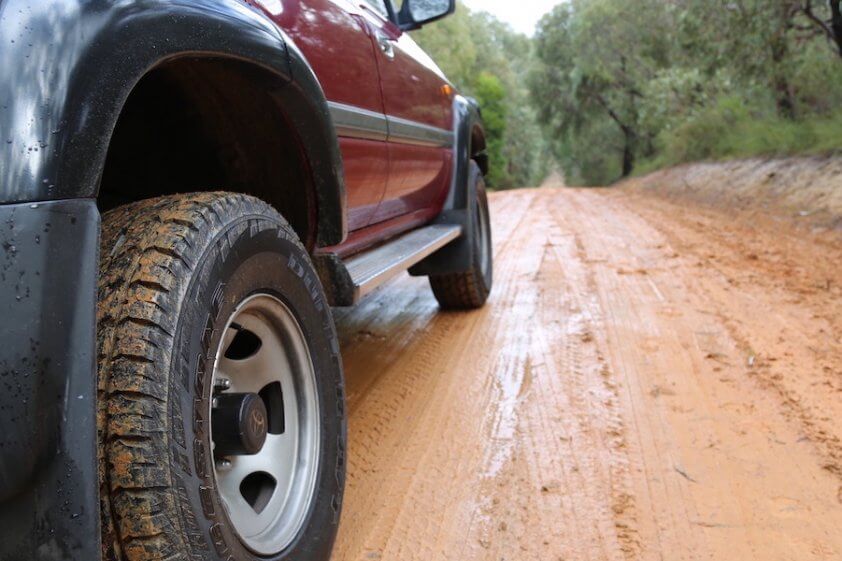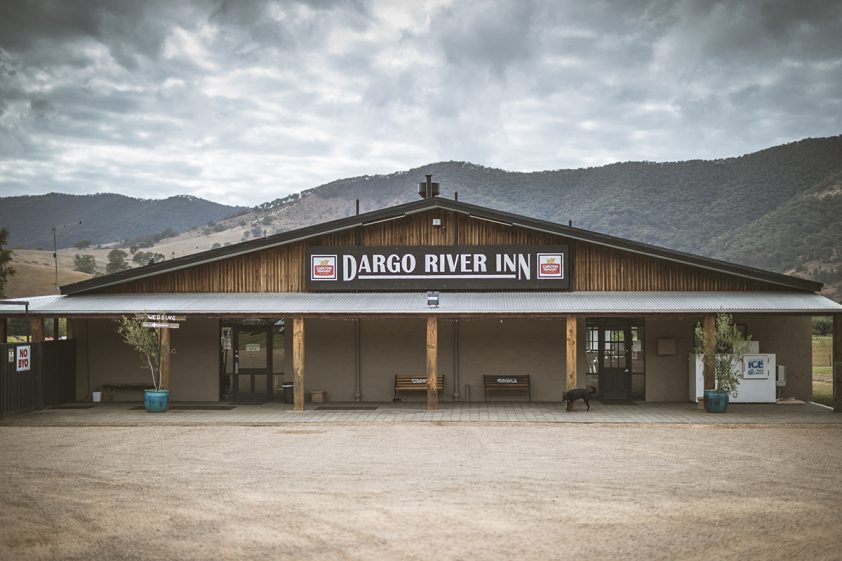Caravans in Australia are built in numerous ways. These include ‘stick and tin’ – a timber frame clad with aluminium – as well as vans framed and clad with aluminium. And then there’s so-called composite construction.
The truth is that each construction method offers advantages and disadvantages. And here is where choosing your next manufacturer can become confusing. Some specialise in one type of construction over another, while others offer almost all types of construction for every van in their range.
So which construction method is right for you? In this article, we’ll take a look at some of the pros and cons.
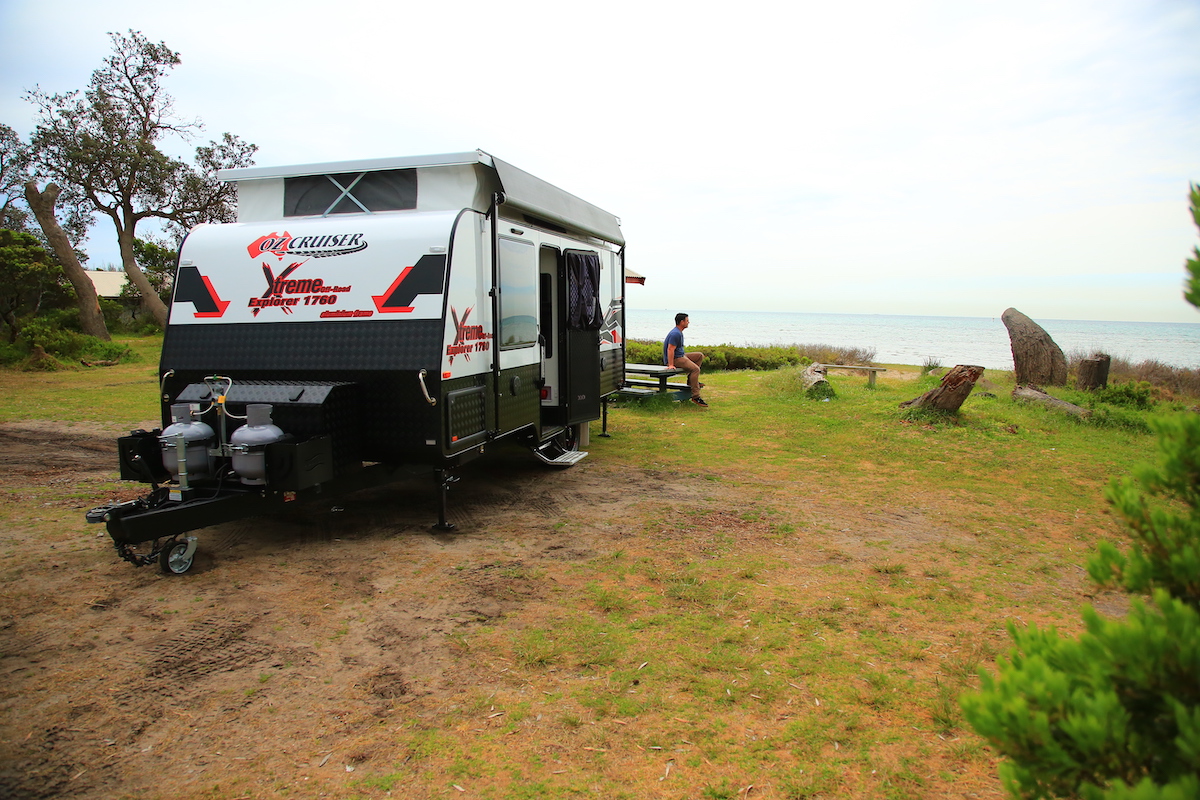
STICK AND TIN
Caravans have been framed with timber (usually meranti) and clad with ribbed aluminium for decades, and for very good reason.
Timber is reasonably light and, as importantly, it is flexible. Because of its flexibility, a caravan’s timber frame can adapt to changing temperatures and ‘move’, to a small degree, with the terrain across which the van is being towed.
This flexibility extends to the manufacturer’s ability to alter a van according to a customer’s request. Further, timber, when compared to alternative construction methods, is cheaper.
Traditional ribbed aluminium, being so thin, is also a lightweight, affordable material, which is why it is still in such wide use today.
The biggest drawback to timber framing: the potential for rot. However, it’s worth remembering that timber doesn’t rot unless it is exposed to moisture. The reason why timber is frowned upon by some people – water ingress – can be avoided altogether with proper sealing.

But herein lays a problem. All sealants have a shelf life. To avoid water ingress, a stick and tin van will need to be eventually re-sealed. And that’s assuming it was properly sealed in the first place.
Has the manufacturer used a high quality silicone sealant under the J moulds, as well as to seal various cutouts, such as the windows? Or have they simply used a foam tape? Was enough sealant used?
It’s worth touching on aluminium frames here. Aluminium, of course, is not susceptible to rot. It’s also durable and strong – some of Australia’s most trusted manufacturers would never dream of using timber over aluminium. However, aluminium-framed vans are typically more expensive than their timber-framed counterparts.
The price aside, some people have pointed to the potential for the aluminium to become fatigued over time as a drawback. Fatigued aluminium would need to be replaced; however, built by an experienced manufacturer, an aluminium frame should last many decades. Just think of the old aluminium-framed Viscounts, many of which are still on the road today.
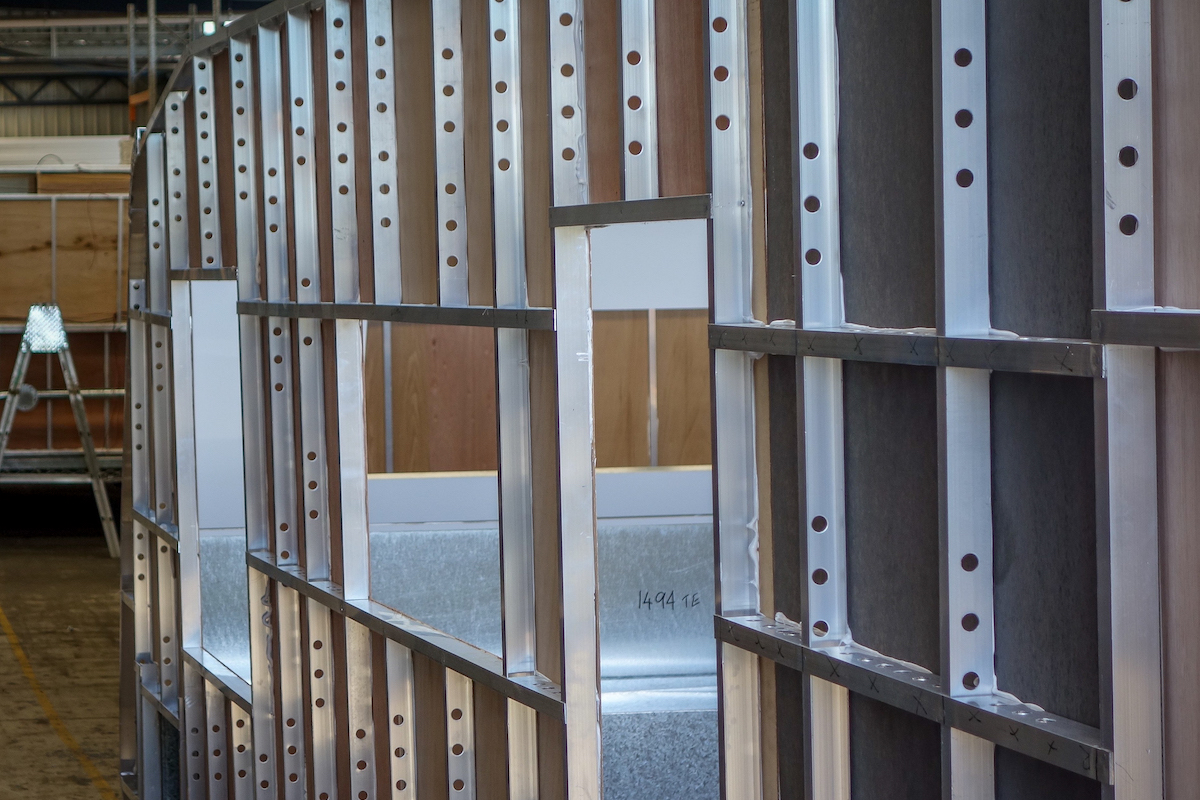
COMPOSITE CARAVAN CONSTRUCTION
A full ‘composite’ caravan has little or no framing. Instead, it will typically have one-piece wall panels and a one-piece front/roof/rear section, with some variations between manufacturers.
The outer skin of each composite panel will be either a very thin sheet of smooth aluminium, or fibreglass. And herein lays another debate. Proponents of aluminium claim it’s easier to repair than fibreglass and less likely to take on an ‘aged’ appearance over time. Proponents of fibreglass point to the strength of this material, including hail resistance, as the major benefit. Not to mention the fact that fibreglass is also readily repairable.
The ‘sandwich’ construction of the individual panels usually involves an inner core of high density structural foam, along with an outer skin (fibreglass or aluminium) and an inner layer of fibreglass or ply.
The thickness of each panel varies, but the walls are usually around 30mm while the roof can be as thick as 50mm. Each panel will have been bonded under pressure and once each panel is locked in place atop the van’s chassis, the entire structure should be very strong.
Where there are joins, there is the potential for water ingress. However, manufacturers of composite caravans increasingly offer long warranties against this.
When it comes to the thermal efficiency of a composite caravan, there’s really no comparison. The aforementioned foam core should provide excellent insulation, while almost every ‘stick and tin’ van ever made relies on polystyrene foam stuffed between wall studs and noggins. And it’s fair to say that the care with which this foam is cut and positioned varies from one manufacturer to the next.
There are a couple of potential drawbacks to composite construction, though, these being a higher price and less scope to customise.

SUMMING UP
Composite construction provides strength and durability, and the panels are quite resistant to damage (if you’ve ever dented ribbed aluminium because you side-swiped an overhanging branch, you’ll understand), and excellent insulation.
However, you should expect to pay thousands more for a composite van in comparison to its equivalent ‘stick and tin’ counterpart.
Is there a future for the traditional ‘framed’ caravan, be it timber or aluminium? Absolutely! Australia has plenty of such manufacturers that have done it extremely well for decades and show no sign of slowing down.
Having said that, much depends on the quality of the work. Any van, composite or otherwise, built by an inexperienced or careless manufacturer will ultimately disappoint.
At the end of the day, it depends on what you feel is right for you and your budget. Do some research and always go with reputable manufacturer that offers a fair and reasonable warranty.
MEET THE AUTHOR

Max Taylor
Max Taylor has been caravanning since he was a kid and was the editor of some of Australia’s most well-known RV publications for almost 10 years.

